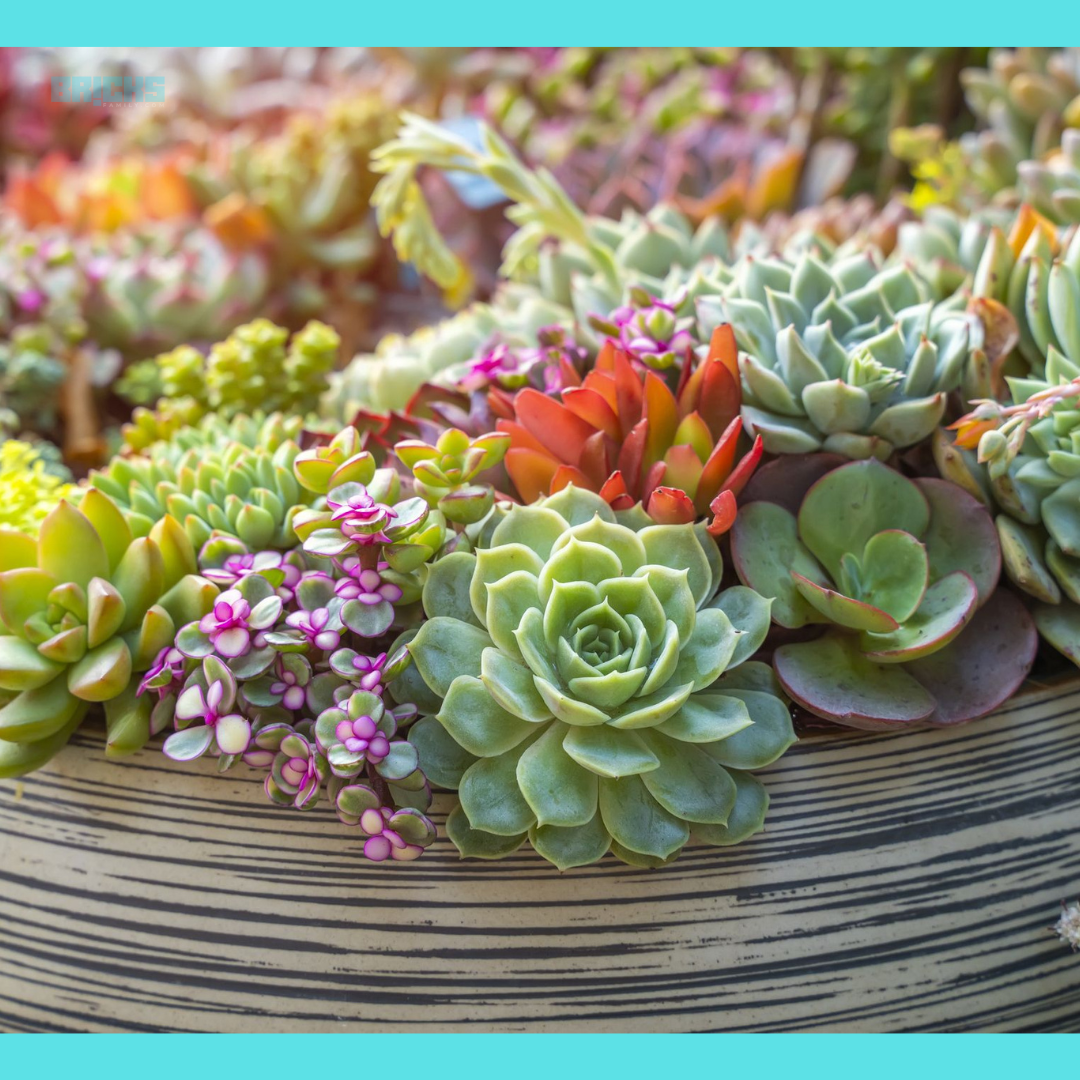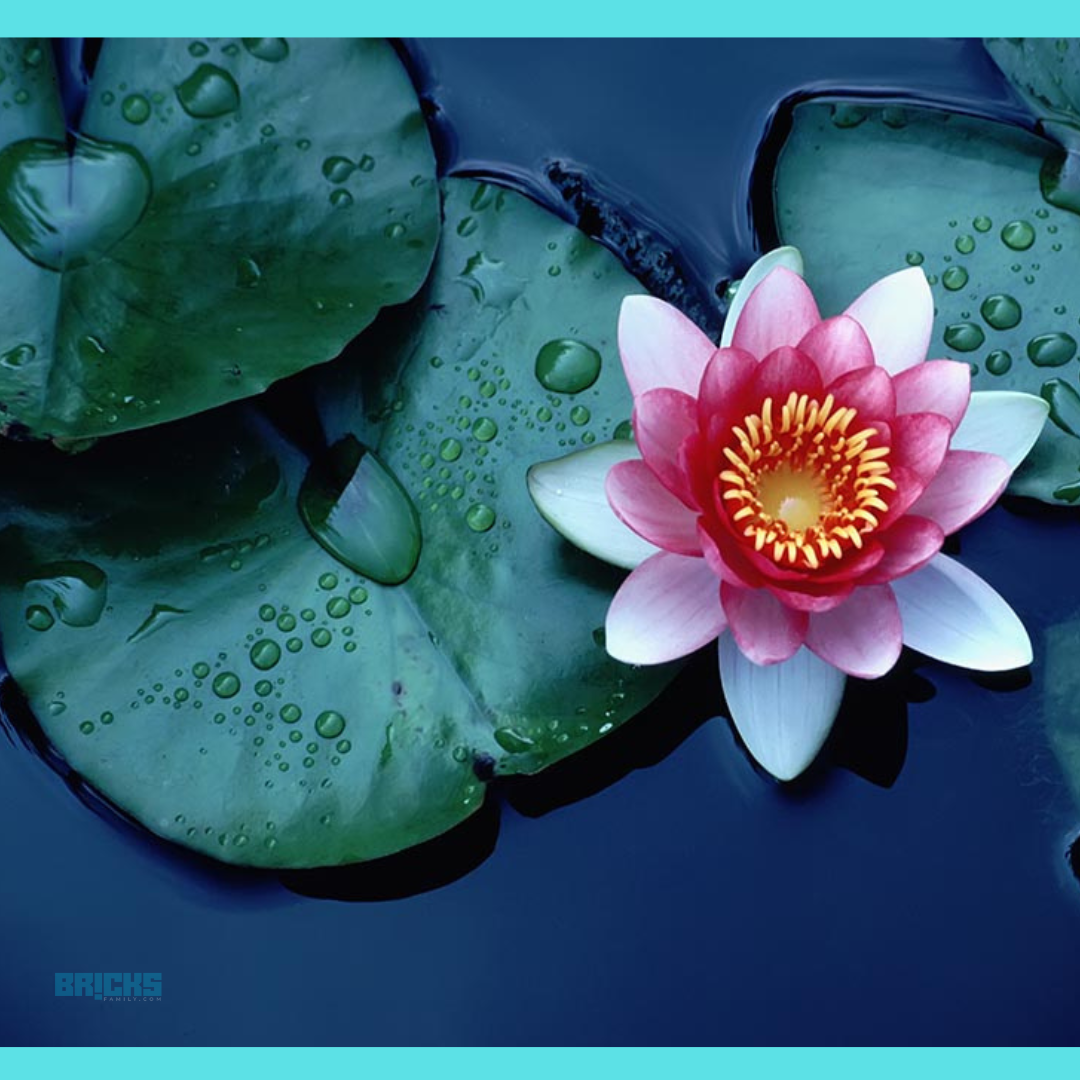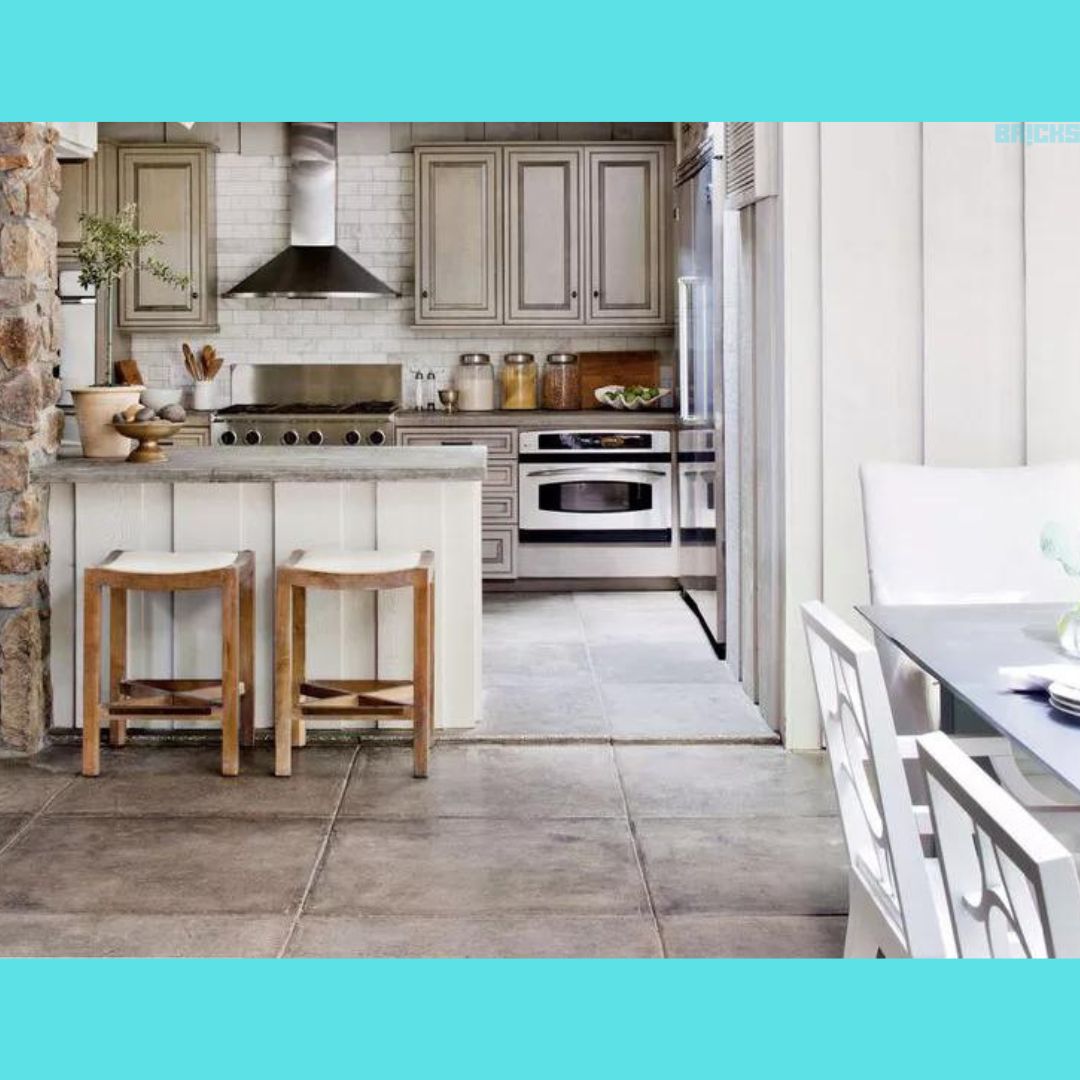Indoor succulent plants are very popular right now in the world of interior design and home decor! This is mostly because succulents require very little care and are hard to kill, even for people unable to maintain a plant. Succulents keep a living area fresh and enhance its aesthetic appeal in a house or place of business. This blog is about The 15 Best Indoor Succulent Plants to Brighten Up Your Home.
Succulents are highly pretty plants that also tolerate the Indian environment very well and need very little watering regularly. These ideal houseplants are excellent for displaying in the living room or on the study table in the library. The kitchen is another excellent room in the house to display succulents next to the window. Succulents are kept in workplaces and other business settings to provide a fresh, green atmosphere. These plants are adaptable and look great in city apartments and public areas.
What are succulent plants?
In general, succulent plants resemble fleshy bulbs. The roots are very close to the soil’s surface, and the leaves are either spherical or cylindrical. Nowadays, plants are so closely associated with interior design and décor that many people mistakenly associate succulent plants solely with these aspects of home décor.

Best Indoor Succulent Plants for Your Home
The top indoor succulent plants readily available in India are included on our list. Therefore, this list of indoor succulent plants is perfect for you if you want to go green and seek some fantastic home selections.
1. Ogre Ears
This plant receives its unusual name because of the shape of its leaves. You will understand our reference if you are familiar with the cartoon character Sherk. The name should be evident after viewing the image posted below!

Known by its scientific name, Crataegus ovata, this plant thrives in humid climates and can tolerate full and partial shade. Ensure the soil in the pot where you plant them has adequate drainage; otherwise, you risk tempting the Crassula ovata to its demise.
2. A string of Pearls
A gorgeous succulent with traces that will captivate your heart. Curio rowleyanus, the scientific name for the string of pearls, is a plant indigenous to Africa. The plant derives its name from the form of its leaves, which resemble little green peas, as you can see in the image shown below.

Like other indoor succulents, strings of pearls enjoy sunlight. They are known to do well in windows or balconies facing the east or west, although they should be cautious in the heat. Maintaining the plant in indirect light during India’s summer months is essential because the scorching, dry sun might burn it.
3. Panda Plant
The panda plant is a stunning succulent that has a velvety appearance. It can be an excellent addition to your home’s succulent collection. The image below shows how the panda plant’s leaves resemble those of a panda bear, with little silvery hair and scarlet patterns along their edges. You don’t get points for figuring out that the name came from that.

4. African Milk Tree
Despite this common misconception, the African Milk Tree is a succulent, not a cactus. Succulents are fantastic indoor plants since they are resilient and may survive for days without water. You only have to position it in an area with plenty of indirect light.

Their oval-shaped leaves encircle the three unique ridges, making them simple to distinguish from other plants with a similar appearance (see the illustration below). With the correct weather, these succulents can reach six feet outside. However, they develop steadily and slowly indoors.
5. Bear Paw Plant
This is for the knowledgeable about succulents. A lovely but delicate indoor succulent is the bear paw plant. The image below illustrates that the plant gets its namesake from its distinctive leaves. Tiny bear paws resemble fuzzy, plump, green leaves with five to twelve sharp teeth colored purple.
This plant requires six to eight hours of indirect light; you can put it next to a south-facing window. Avoid overwatering them; if healthy leaves are falling off an indoor bear paw succulent, it may indicate overwatering.

6. Burro’s Tail
This gorgeous plant looks amazing on kitchen countertops and office tables. The leaves of the exceptionally hardy plants are either a vibrant green or a lovely grey color. Known by its scientific name, Sedum Morganianum, the Burro’s Tail is one of India’s most easily grown succulent plants. Simply chop off a leaf, plant it in a fresh pot, and watch it develop. It is that easy!

7. Jade Plant
The botanical name for this other breathtaking gem is Crassula ovata. The jade plant can be kept as a regular house plant and looks great in living and dining rooms. Known as the “lucky plant,” it occasionally produces lovely flowers, sometimes pink and sometimes white. The plant needs little water and can reach heights of up to five feet. Keep the plant in a stylish white or gold planter to add greenery to your metropolitan area.

8. Snake plant
This is not like any other name for a succulent plant. The snake plant, or Dracaena trifasciata, as it is more widely called, closely resembles what it is named. The plant features long, tapering green leaves with vivid yellow accents. The perfect indoor plant requires no care and can survive for weeks without needing water.

9. Zebra Haworthia
Attenuates Haworthia, or the Zebra Haworthia, is a stunning houseplant. Although its leaves resemble those of the aloe vera plant quite a bit, they can be distinguished by their striking white zebra stripes. This little succulent has vivid yellow blooms and grows to a height of 2 to 8 inches. Simply put it on your living room mantle or place it on your shoe rack to liven it up.

10. Hens and Chicks
Even for seasoned gardeners, roses can be challenging, but this succulent shrub looks fantastic indoors. Also known as the houseleek, this low-maintenance plant resembles a flowering rose. The plant, known scientifically as Sempervivum tectorum, produces large roses known as “hens,” encircled by small leaves that resemble roses and are called “chicks.” This plant is a lovely accent for your desk at work.

11. Stone Crop
Its botanical name is Sedum, and it has lovely leaves that develop into five-petaled flowers. This is a creeper that grows best when given some guidance. If you are designing a tiny green and artistic area, consider keeping it indoors or even on your balcony or terrace. The Stone Crop’s flowers come in various colors, including pink, white, purple, yellow, and even red. As a result, you have a large selection.

12. Hoya
When this gorgeous succulent plant is in full bloom, it will get a lot of admiration from everyone who places it indoors in your living area or foyer. Although Hoya Carnosa is its scientific name, most people call it the “valentine plant.” Its leaves are heart-shaped and relatively large. When in bloom, its reddish-pink blooms illuminate the room with their lovely aroma.

13. Aloe Vera
Aloe vera, also known as Aloe barbadensis Miller, is a widespread indoor succulent plant in India. Because of its therapeutic qualities, the plant is aesthetically pleasing and frequently used in skincare and health. Its succulent leaves yield a sap utilized in health drinks that effectively cools the skin. Benefit from this succulent’s therapeutic properties by including it in your home’s décor.

14. Crown of Thorns
Euphorbia Milii is its botanical name, and it bears beautiful red flowers with yellow highlights in the middle. The many thorns that cover the entire form of the succulent give it its name. This plant needs lots of sunlight and requires very little upkeep. It looks fantastic and added to your windowsill.

15. Moon Cactus
This plant is a unique hybrid of two types of indoor succulent plants. The succulents’ vividly colored blooms are grafted on; they cannot survive naturally. As a result, the flowers rely on the green cactus plant they are grafted onto for nutrition. The plant is perfect for homes and cities because it needs little sunshine. The plant will flourish under your care if you water it every 15 to 20 days.

6 Tips on How To Decorate Your Home with Indoor Succulents Plants
Succulents are trendy among those who love plants since they are simple to grow, care for, and adorn. So much so that many individuals adore using indoor succulent plants to beautify their houses. Here are some pointers that can assist you in doing the same. Continue reading:
- Tiny terrarium: You may make a tiny terrarium on your workstation or study desk by filling a mason jar with indoor succulent plants. Pebbles, moss, potting soil, and small succulent pods are all you need.
- As a centerpiece: Arrange indoor succulent plants on your dining table. It will take up little room and give your table a touch of greenery—a simple and efficient way to up your decor game
- Hung up: Use hanging succulents to increase your window décor. In this style of landscaping, plants like strings of pearls thrive. Sumac next to the window, over your couch, and beside the balcony are all excellent locations for indoor succulents.
- Teapots and Cups: Repurpose antique teapots and teacups to create cozy indoor habitats for succulent plants. If you have sentimental meaning tied to the teapot or cup, this is a great idea; they make for beautiful decor pieces. Even so, plant lovers may find vintage-style teacups filled with succulents appealing.
- Vertical Garden: Another excellent way to showcase your succulent collection is with an indoor vertical garden filled with succulent plants. This can be placed in your living room as living art, and as it unfolds and transforms daily into something even more lovely than before, you can watch nature take its course.
- Using Seashells: Use seashells as planters for indoor succulent plants to add a tasteful touch to your décor. It’s unusual and entertaining and will give your home décor style some personality.


Value of Indoor Succulent Plants as per Feng Shui
Do indoor succulent plants promote good vibes and energy in houses and offices? Of course! According to Feng Shui, an age-old Chinese technique that balances people and their environment through energy and nature, indoor plants are essential for neutralizing and cleansing the air.
Indeed, when cultivated in homes and offices, certain plants that Fengu Shui recommends provide good luck and pleasant energy. For example, the Jade Plant is considered one of the lucky plants in Chinese culture. The main reason is that the plant’s spherical leaves represent money. It is said that owning this plant will bring riches to its owner. Because of this, jade plants are also a highly well-liked housewarming present.
Even the Snake Plant is regarded by feng shui specialists as essential for dwellings. It is advised to place the plant in living areas or at the house’s front door. Experts in feng shui advise against using it in the bedroom.
The Aloe Vera plant is regarded as beneficial in both Chinese and Indian cultures. The plant’s succulent leaves contain a cooling, health-promoting fluid that resembles gel. In addition to keeping the air clean and fresh, the plant is believed to disperse lousy energy.
Numerous other varieties of cacti are likewise regarded as fortunate because they are low-maintenance and grow readily. It is commonly known that these plants attract pleasant vibes and good news.
How to Take Care of Indoor Succulent Plants
Succulents proliferate inside since they need less upkeep. Tell us about the maintenance of indoor succulent plants:
Light requirements: An indoor succulent plant needs six hours of indirect sunshine daily to thrive. A window or the brightest spot in your home would be good places to maintain the succulent plant.
Temperature requirements: A succulent should grow best between 60 and 80°F. In very hot or cold circumstances, the plant may dry up.
Watering requirements: Water newly planted succulents two to three times a week; after they begin to bloom, you can water them once every fifteen days. The plant will perish if you give it water every day.
Avoid glass containers: A glass container is not a good idea to plant indoor succulent plants. Pot it in a container that has space for water to drain out.
Summing Up Indoor Succulent Plants
You’re losing out if you love plants and have yet to plant succulents indoors. These plants provide health advantages, enhance the humidity in your house, and add some beauty in the room. After reading about these plants, we hope you consider bringing them indoors.
We exposed you to several varieties of indoor succulent plants in the blog post above. Which plant among these was your favorite? Which of these succulent plants for indoor use would you like to incorporate into your house? Tell us in the space provided for comments below.
Also Read: French President Emmanuel Macron House: Élysée Palace of Chief Guest for Republic Day 2024
Similar Topics: Types of Xmas Fir Trees | How to Grow A Fir Tree















